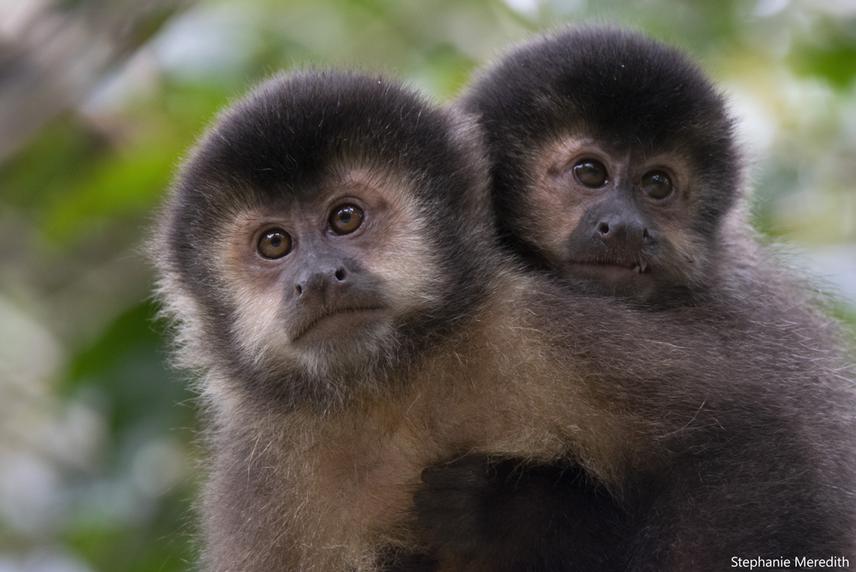Valentín Zárate
Other projects
15 Jan 2021
Conflict Mitigation of Primates Damaging Tree Plantations: The Case of Black Capuchin Monkeys, Sapajus nigritus, in the Atlantic Forest of Argentina
Worldwide, several primate species bark-strip trees in pine plantations, generating large losses to timber producers, who often respond by killing the monkeys and endangering their populations. The objective of this project is to understand the ecological causes of the bark-stripping behaviour of black capuchin monkeys (Sapajus nigritus) in northeastern Argentina, and to propose a sustainable solution to the ongoing forester-primates conflict.

© Stephanie Meredith
Our hypothesis states that black capuchins bark-strip pine trees when the phloem layer is in its higher peak of profitability, which occurs during the end of winter and beginning of spring. if so, bark-stripping could be ameliorated through the diversionary feeding technique.
Furthermore, guided by our research findings, we will develop and disseminate informative materials tailored for foresters. These resources will offer practical recommendations and sustainable solutions designed to reduce bark-stripping, thereby fostering harmonious coexistence between forestry and capuchin populations. Our ultimate goal is to contribute to the implementation of primate-friendly management practices within pine plantations, not only in Argentina but also in other countries affected by similar conflicts.